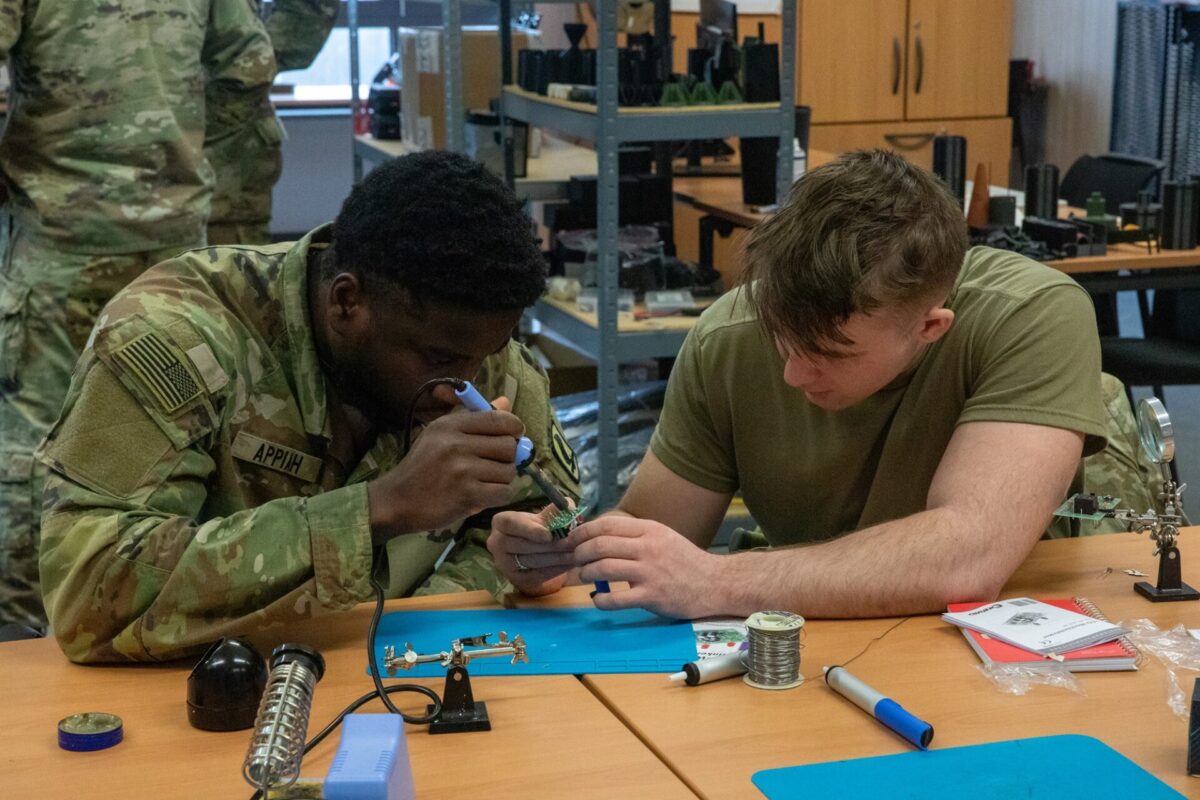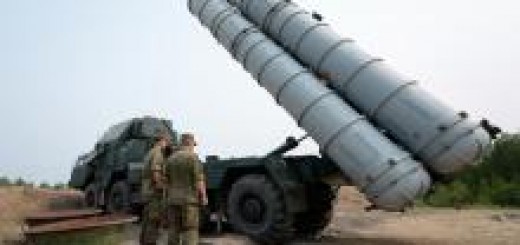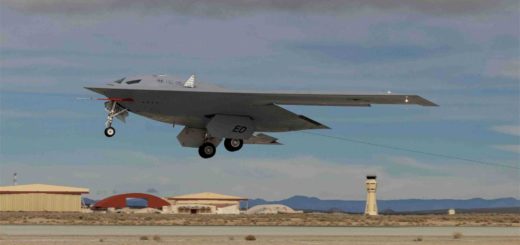Pentagon embraces Ukraine-inspired model to boost small drone fielding and use

The United States Department of Defense (DoD) has unveiled a sweeping plan to ramp up the production and fielding of military drones, citing the need to keep pace with evolving threats and recent battlefield trends.
The new policy follows Executive Order 14307, signed by President Donald Trump on June 6, 2025, which instructs the Pentagon to support domestic drone manufacturing and equip US troops with modern, cost-effective unmanned systems.
“Drones are the biggest battlefield innovation in a generation, accounting for most of this year’s casualties in Ukraine,” writes Secretary of Defense Pete Hegseth. “While global military drone production skyrocketed over the last three years, the previous administration deployed red tape […] Our major risk is risk‑avoidance.”
A lesson from Ukraine
The Pentagon’s updated drone strategy draws heavily from recent battlefield experience in Ukraine, where drones have become a core element of modern warfare. Ukrainian forces have rapidly scaled up drone use, with thousands of small UAVs used for surveillance, targeting, and precision strikes.
To streamline deployment, Ukraine introduced on July 7, 2025, a “digital weapons marketplace” allowing frontline units to directly order drones and robotic systems, cutting out much of the bureaucracy. Known as DOT‑Chain Defence, the system has reduced delivery times to weeks instead of months.
The US plans to adopt a similar approach by giving more authority to unit commanders to select and acquire drones tailored to their needs.
“I am delegating authorities to procure and operate drones from the bureaucracy to our warfighters,” Hegseth said.
A three-part strategy
The Department of Defense outlined three priorities for the initiative:
Support domestic industry: The Pentagon will fast-track the approval of hundreds of US-made drone systems for procurement, aiming to revitalize the country’s drone manufacturing base and attract private investment.
Deploy affordable, AI-enabled drones: The military will prioritize low-cost drones designed for frontline use, integrating technologies such as artificial intelligence and automated flight systems.
Train for drone warfare: Starting in 2026, drone-versus-drone scenarios will become part of standard training exercises. Senior officers are being directed to take a more active role in integrating unmanned systems into operational planning.
From Silicon Valley to the battlefield
Soldiers receive hands-on training in drone assembly, repair, and customization at the U.S. Army’s Drone Innovation Cell (U.S. Army photo)Much like Ukraine’s Brave1 innovation platform, which connects engineers, investors, and frontline soldiers, the Pentagon wants to shorten the development cycle by working more closely with private drone developers. The goal is to ensure that new systems can be tested, refined, and deployed more quickly.
Hegseth also confirmed that funding structures are being reviewed to allow for faster acquisition of emerging technologies. A supporting memorandum outlines new pathways for financing and fielding drones, aligned with the executive order.
“Lethality will not be hindered by self-imposed restrictions, especially when it comes to harnessing technologies we invented but were slow to pursue,” Hegseth commented.
A broader shift in US drone strategy
The new Pentagon plan is part of a broader shift in US defense strategy that has increasingly prioritized smaller, lower-cost unmanned systems.
It builds on earlier efforts such as Replicator, a Department of Defense initiative launched in August 2023 under the previous administration. Replicator aims to field thousands of attritable, AI-enabled autonomous systems across air, land, and sea domains by the end of 2025. These systems are designed to be produced at scale and are considered expendable in contested environments.
Defense contractors such as AeroVironment have been involved in the program, with platforms like the Switchblade 600 loitering munition among the initial systems selected. While Replicator focused on technological scaling, the new directive emphasizes removing procurement bottlenecks and accelerating operational integration.
A global drone race
The initiative comes amid growing concern that the US is losing ground in the global drone race. China, Iran, and Russia have all expanded production of low-cost drones for export and domestic use. Meanwhile, drones have played a decisive role in Ukraine, where they are credited with a significant share of battlefield casualties.
Ukraine’s success in using drones tactically, ranging from decoys to battlefield resupply to kamikaze strikes, has demonstrated the value of giving combat units more control over the tools they need. The US is now moving to follow that model.
As global drone warfare evolves, allies are also taking note of Ukraine’s experience. French Minister of the Armed Forces Sébastien Lecornu recently acknowledged:
“The Ukrainians are better than us in their ability to imagine drones and, above all, to develop the doctrine that goes with them,” adding that future cooperation will include “critical feedback from Ukrainian frontline experience.”
RELATED
French carmaker Renault in talks to produce military drones in Ukraine
Ukraine aims to produce over 4.5 million drones by the end of 2025, a threefold increase from 2024. For the US and its allies, keeping pace means not just investing in technology but rethinking the systems and mindsets that deliver it to the battlefield.The post Pentagon embraces Ukraine-inspired model to boost small drone fielding and use appeared first on AeroTime.
The United States Department of Defense (DoD) has unveiled a sweeping plan to ramp up the production and…
The post Pentagon embraces Ukraine-inspired model to boost small drone fielding and use appeared first on AeroTime.






